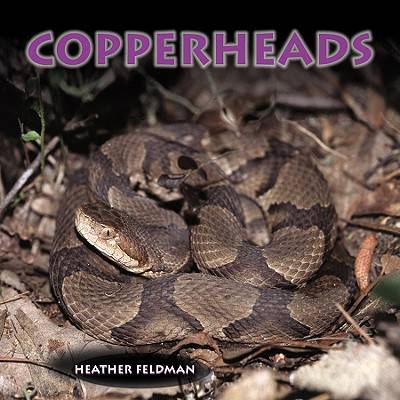
- Afhalen na 1 uur in een winkel met voorraad
- Gratis thuislevering in België vanaf € 30
- Ruim aanbod met 7 miljoen producten
- Afhalen na 1 uur in een winkel met voorraad
- Gratis thuislevering in België vanaf € 30
- Ruim aanbod met 7 miljoen producten
Zoeken
Omschrijving
Correlated directly to grades K-6 curriculum in the life sciences, this series describes the natural habitat of six snakes that live in North America. Students will learn fun facts about these fascinating snakes in the reptile class and how to identify different species. They will learn about the behavior of eastern and western coral snakes, what and when they like to hunt for their meals, and from what diamondbacks' rattles are made. Readers will also learn about why copperheads and cottonmouths are born with yellow tails that change to gray when they become older. They will read about how many bones are in the back of a king snake and how milk snakes got their name. Each book includes a range map. fact boxes, and full-color photographs. Copperheads are shy, poisonous snakes. The copper color of this snake's head gives the snake its name. Students will learn about the Five kinds of copperheads that live in North America. They will also learn about this pit viper's catlike pupils, its heat-sensitive pits, and its movable fangs that shoot venom into prey.
Specificaties
Betrokkenen
- Auteur(s):
- Uitgeverij:
Inhoud
- Aantal bladzijden:
- 24
- Taal:
- Engels
Eigenschappen
- Productcode (EAN):
- 9781404255746
- Verschijningsdatum:
- 1/01/2006
- Uitvoering:
- Paperback
- Formaat:
- Trade paperback (VS)

Alleen bij Standaard Boekhandel
+ 30 punten op je klantenkaart van Standaard Boekhandel
Beoordelingen
We publiceren alleen reviews die voldoen aan de voorwaarden voor reviews. Bekijk onze voorwaarden voor reviews.











